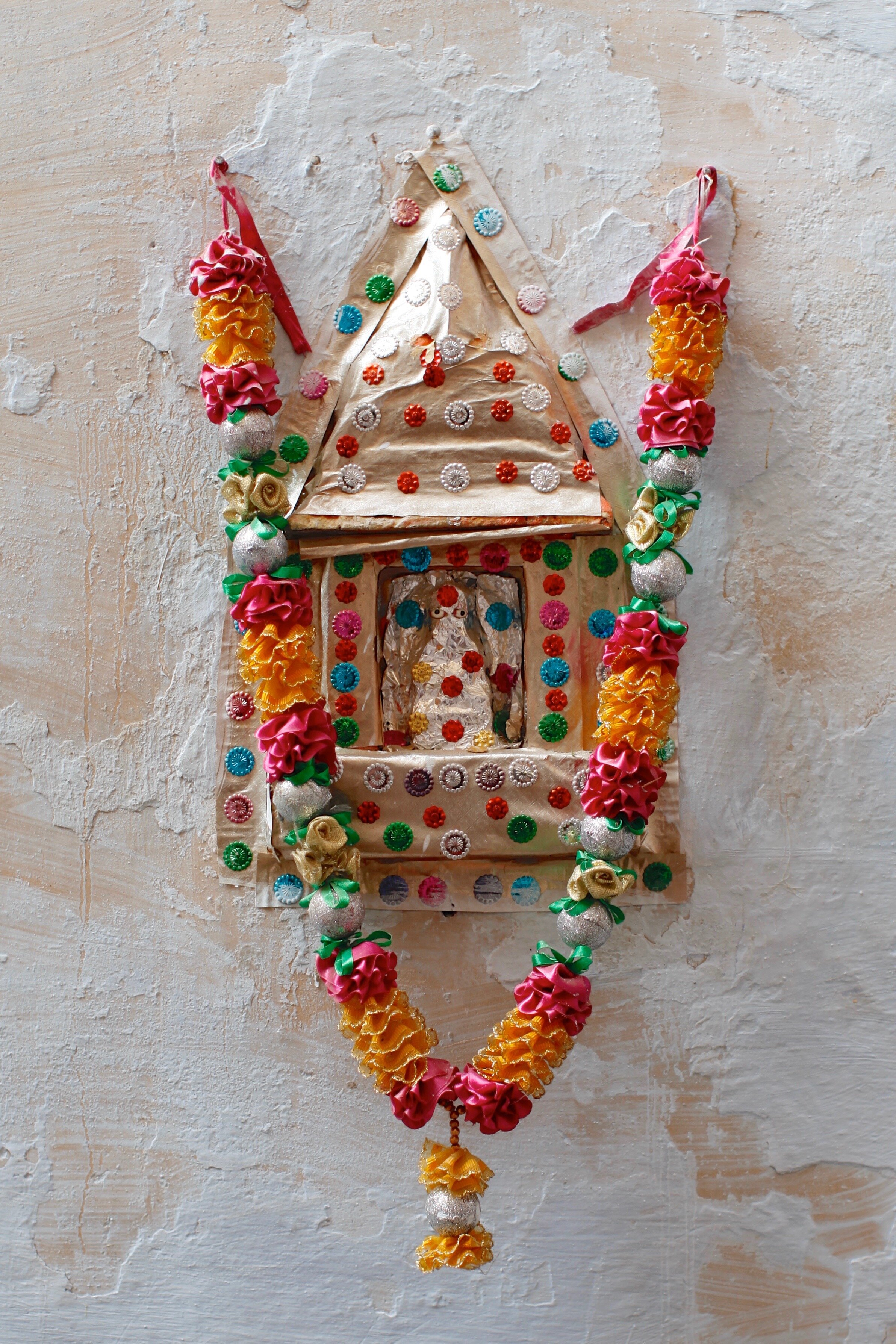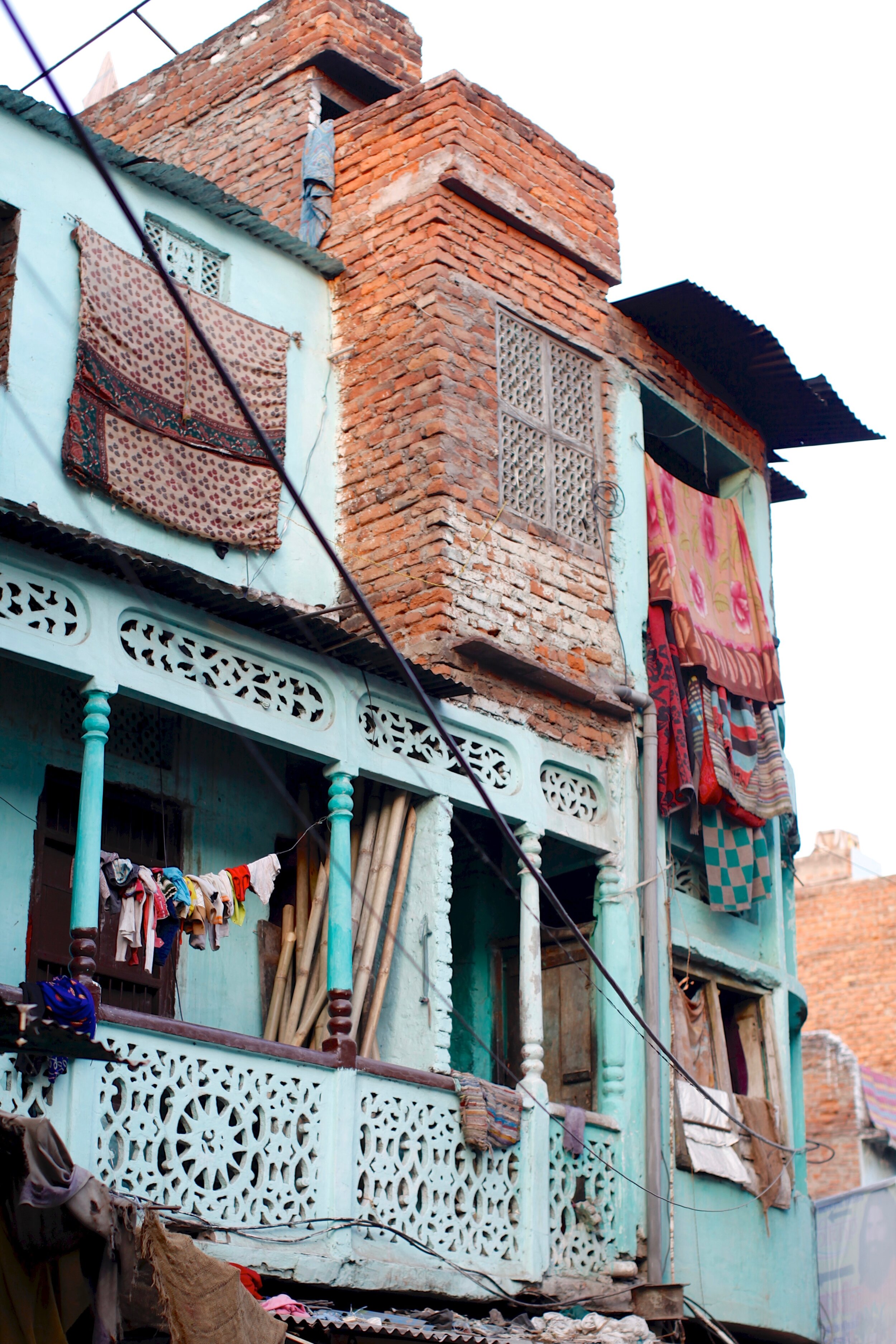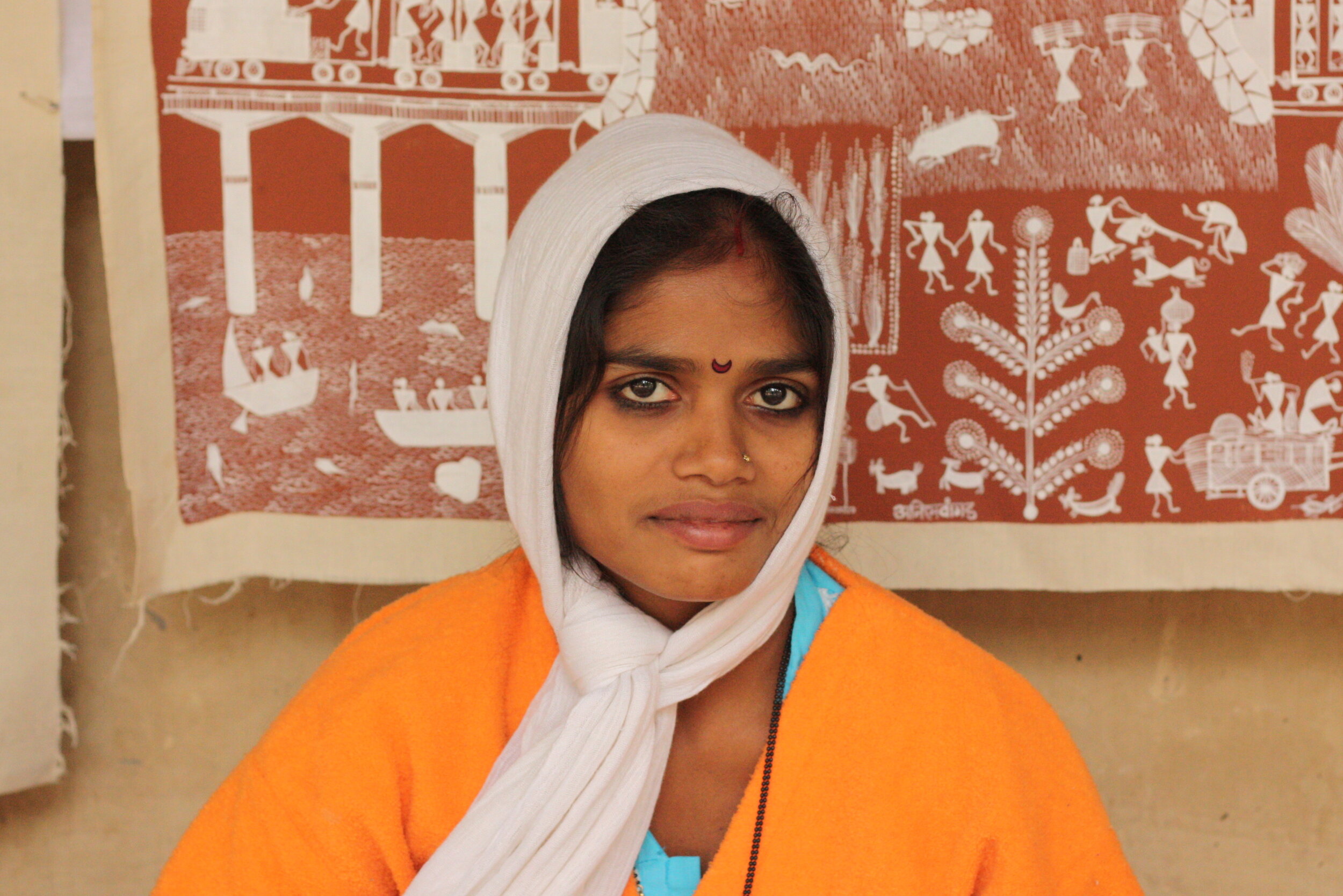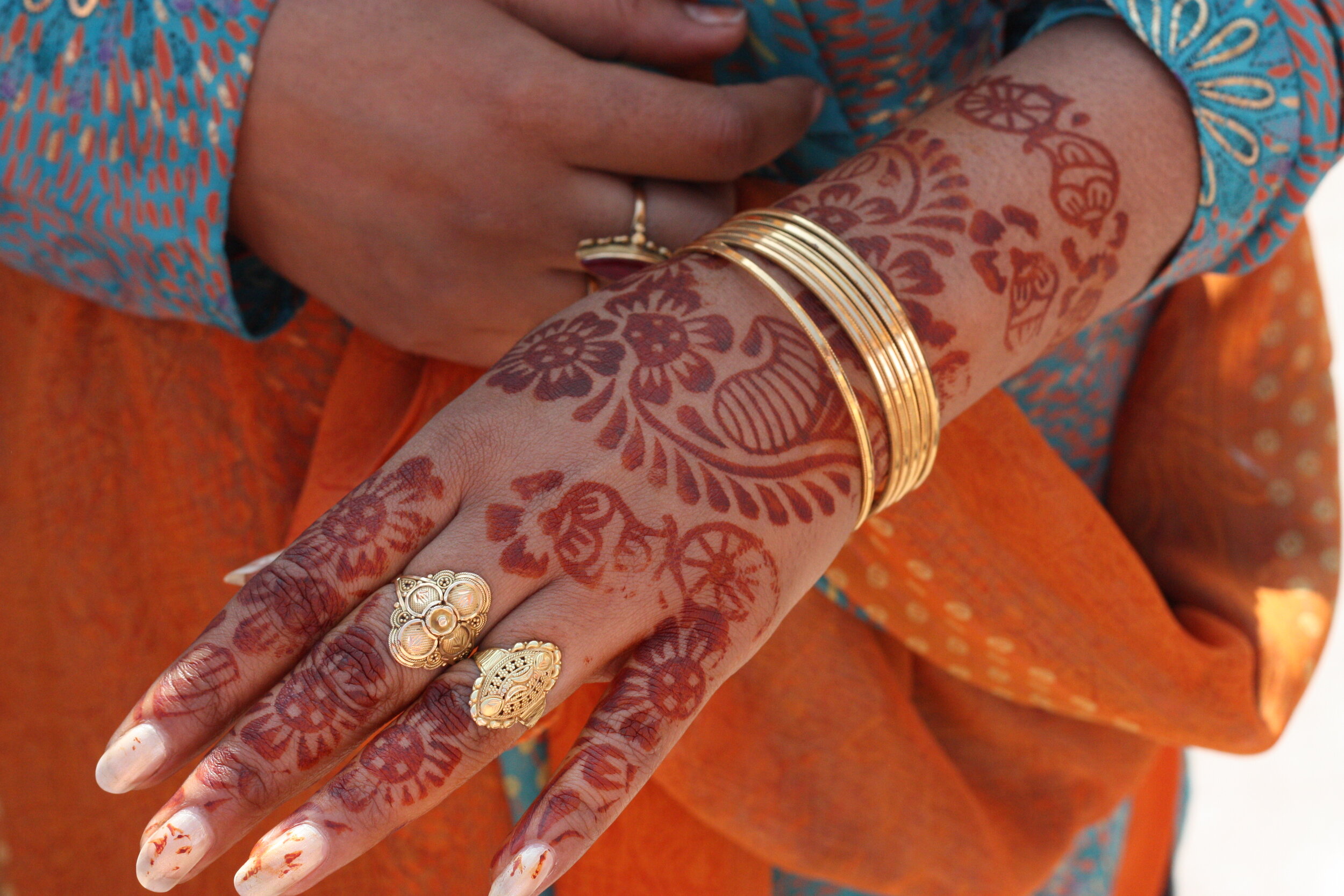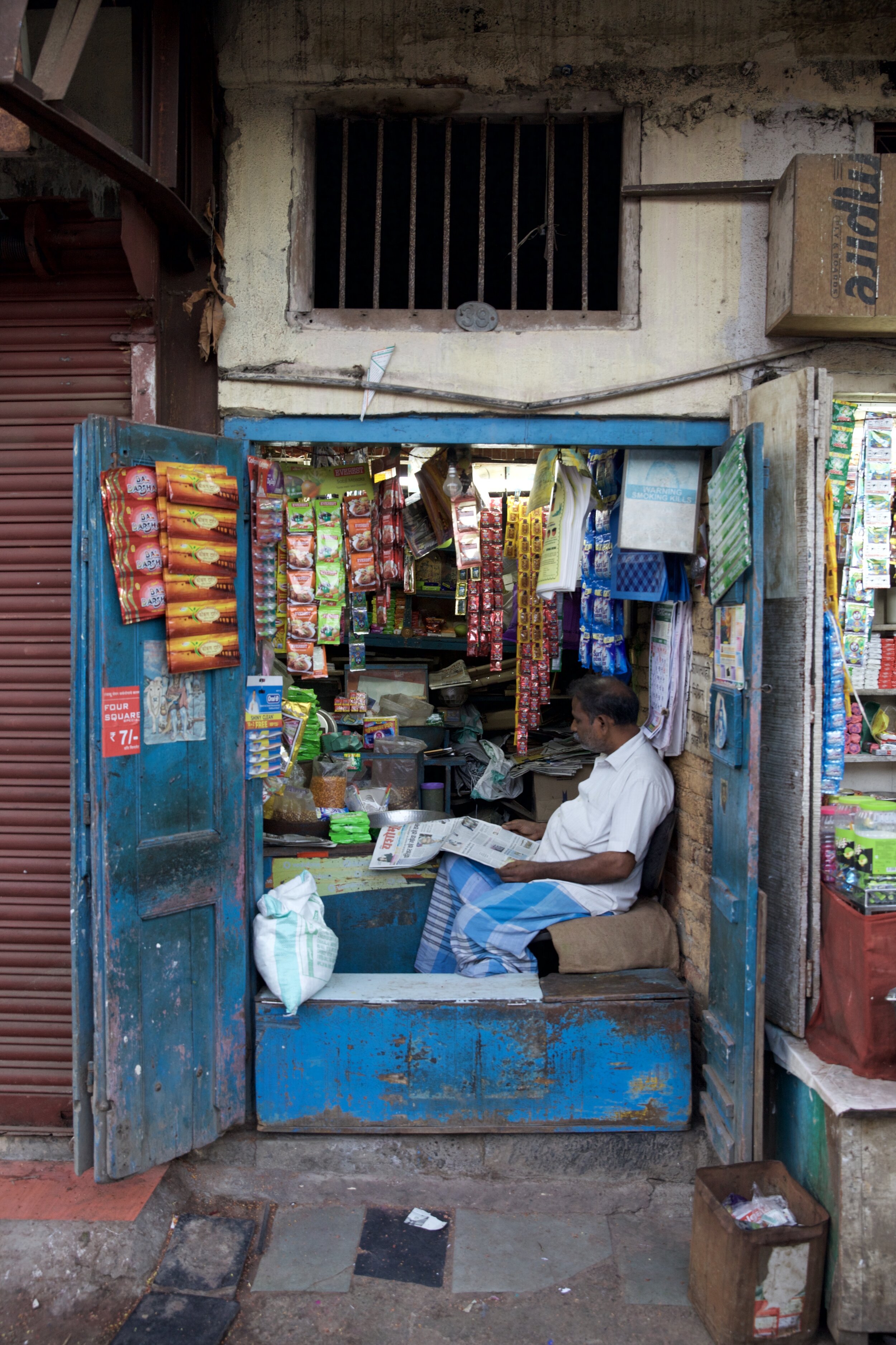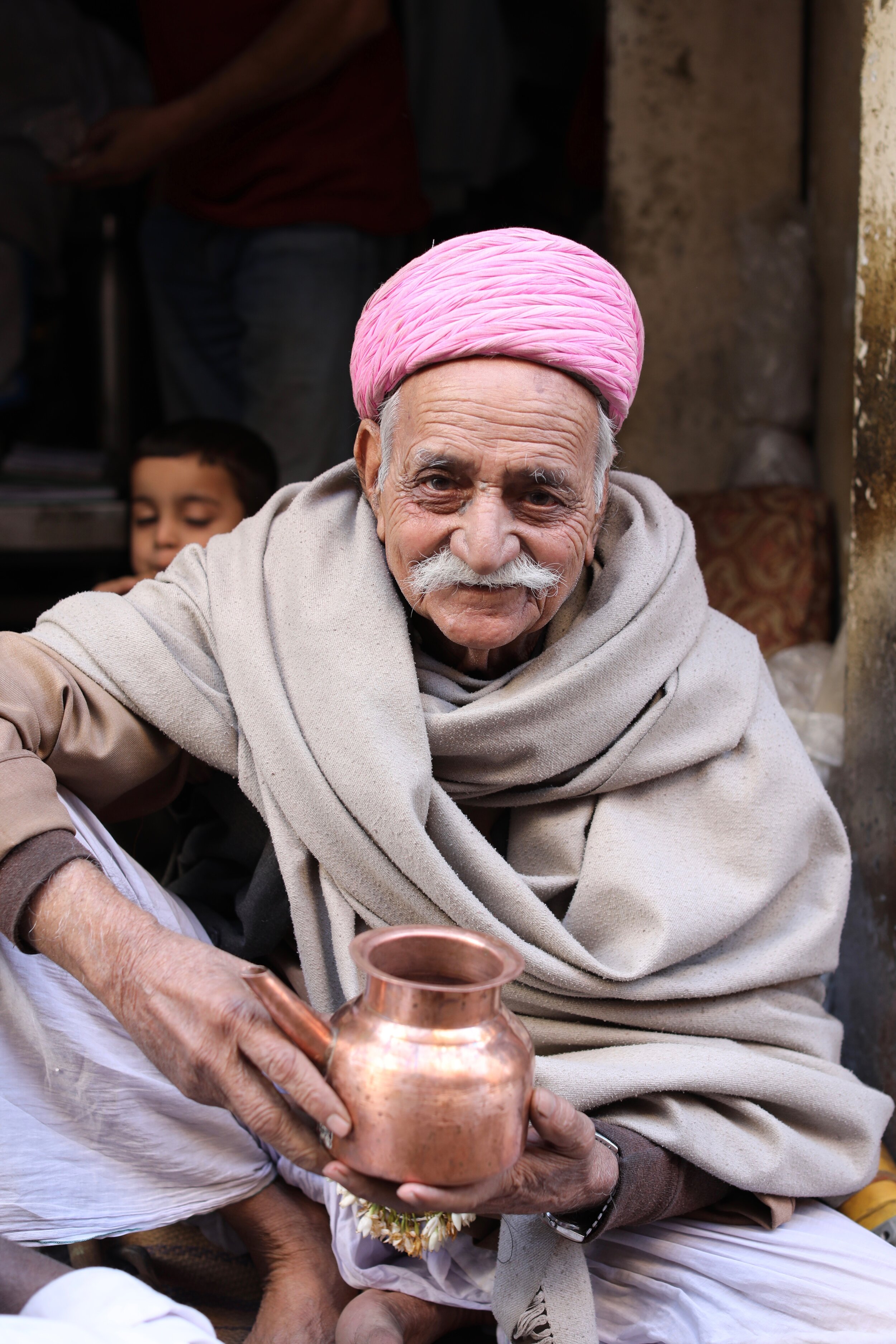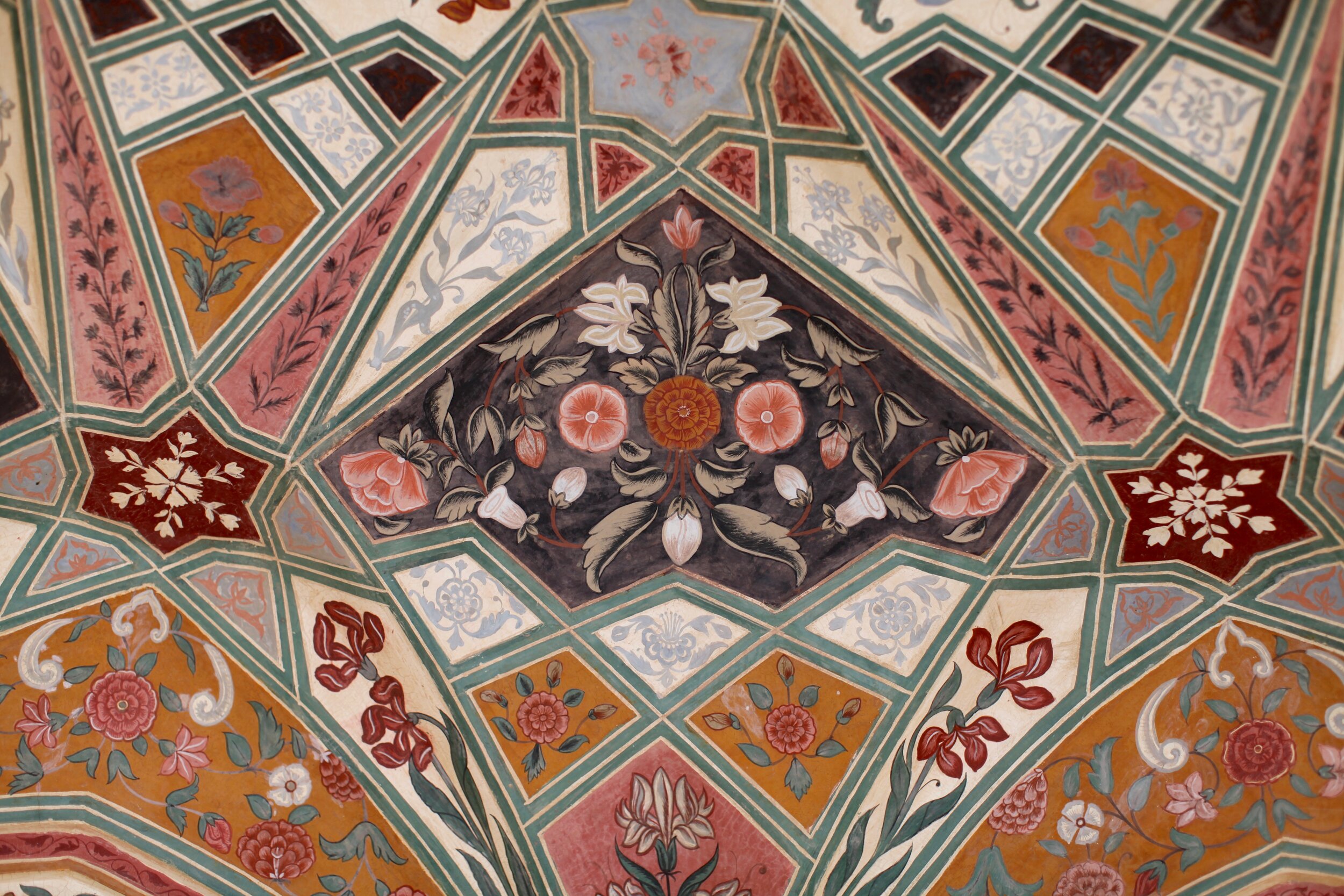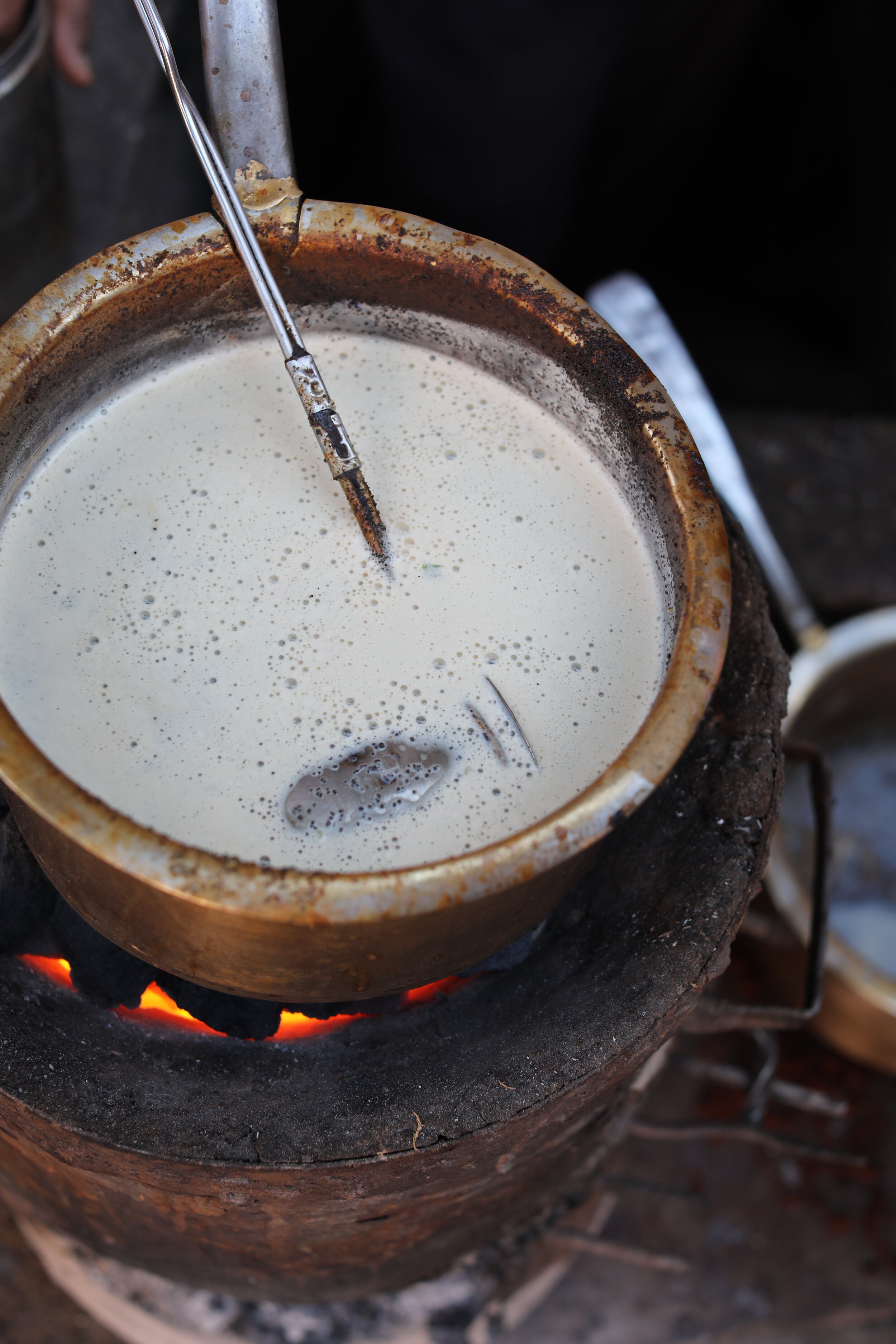In Conversation With Photographer Christine Chitnis
Christine Chitnis is a writer, photographer and author of Patterns of India (Clarkson Potter, 2020). We speak with her about her travels in India and the storytelling process.
“From my very first trip to Rajasthan these color stories presented themselves with absolute clarity. I certainly wasn’t looking for a project or traveling with a “story” in mind, but the colors revealed themselves in this way immediately. ”
Images from Patterns of India by https://www.christinechitnis.com/
From Markets in New England to Patterns of India, you have journeyed a vast distance from the west to the east and documented such diverse cultures and complex themes in a very approachable manner. Please tell us what intrigues you and the thoughts behind your work.
In my work I strive to celebrate ordinary moments that feel extraordinary. That might sound overly simplified, but when you look at the range of my work, whether it be writing about a farm in New England or the historical context of pattern in Rajasthani architecture, it is about taking a small detail or moment and understanding it as part of a greater story.
Your work is intrinsically local and community-based. What inspired your vision?
Thank you for recognizing the community aspect of my work. I’m not someone who just wants to tell my story through my point of view. I want to invite people into conversation, and celebrate their stories using my camera and my pen. Something I think about quite a bit is how modern life is moving us away from a community-based mindset. It is so easy to grab your groceries without considering who grew them, harvested them, and transported them to the shelf. It is easy to buy clothing and such, without considering who grew the cotton and stitched the hems. The more removed we are from these realities, the more harm we do to our planet and its people, and the more exploitative we allow these consumer systems to become. With each photo and story I share, I hope I’m highlighting that human element.
Tell us about the genesis of Patterns of India and the first time you came to India. Was the book always on your mind, or did the huge arsenal of photographs you had captured compel you to turn it into a book?
From my very first trip to Rajasthan these color stories presented themselves with absolute clarity. I certainly wasn’t looking for a project or traveling with a “story” in mind, but the colors revealed themselves in this way immediately. I would ask our friends who live in Rajasthan, “Don’t you love the way the same colors echo throughout every facet of life here?” And they would remark that they had never thought of it in that way. And so it felt like an interesting idea to explore further through my photography. It wasn’t until a decade and many return trips later that I felt I had an archive that was robust enough for a book project.
Our family enjoys sightseeing during our travels — visiting palaces, forts, and museums — but we spend the majority of our time experiencing everyday life in markets, temples, and friends’ homes. This intimate perspective is what I hope to reflect in this collection. To be a traveller is to pay heightened attention to the ordinary, and that is what I strive to celebrate in my photography: the ordinary moments that feel extraordinary. India is indeed an extraordinary place, with grandeur, opulence, and beauty galore. But it is also a place where people go about their daily lives and as tourists, it is our job to visit India with respect and knowledge of their culture.
Patterns of India is chaptered into the prominent colours of Rajasthan. Given the overwhelming hues of India, what drew you to these colours in particular? What relationship did you find between these colours and the culture?The 200+ photographs are indeed divided into chapters that correspond to the region’s five dominant colors: royal blue, sandstone, marigold, ivory, and rose. There is absolutely a relationship between each of these colors and the culture, and I go into that in quite a bit of detail in my book. Through the research and writing of Patterns of India, I learned how color and pattern have a symbiotic relationship", Chitnis said. "And together through art, architecture, textiles, dress, and surface design, they bring to life the history and culture of the region”.
*Note, if you’d like to perhaps quote from the foreword, this might be a nice section to take from: “Color, which is used to link the diverse culture and people of the region, conveys moods, seasons, customs, and ceremonial occasions. The vibrant red in Rajasthan, favored for its auspiciousness, is seen widely in women’s dress, men’s turbans, and the flag of the temples. It is used widely as a color for wedding rituals and religious ceremonies and denotes happiness and well-being. Saffron, traditionally donned by Rajput warriors defending their lands on the battlefield, is a color associated with valor. A profusion of yellows and oranges are used to celebrate the Indian New Year and during festivals such as Gangaur, one of Rajasthan’s most important festivals, which celebrates love, marriage, and devotion to the goddess Gauri. Pastel colors add coolness to the seething hot summer months, while green welcomes the lush monsoon season.
Patterns provide context to the colors and communicate stories, which may be explicit or tacit. The compositions use floral, foliage, birds, animals, and geometric patterns. These are varied in their inspirations and mirror political, social, and cultural scenarios of different time periods. While every color is imbued with meaning, it is often within the details of the pattern that the full story comes to light.”
-Dr. Vandana Bhandari
Professor, National Institute of Fashion Technology, New Delhi, and author of Costumes, Textiles and Jewellery of India: Traditions in Rajasthan
Your depiction of India is extremely personal due to your husband’s family connection. What sparked the idea of paying homage to his heritage through photography? Was it also a way to make it more accessible to your children?
My travels through India have been deeply influenced by my husband Vijay’s familial connection to the country. Mangalore, a port city in the southwestern state of Karnataka, was home to Vijay’s mother’s family; his father’s family was from Kolhapur on the banks of the Panchganga River in the western state of Maharashtra.
Both of his parents were raised in Bombay (Mumbai), but they spoke different languages and were raised in different religions: his Hindu father spoke Marathi, and his Catholic mother spoke Konkani. Their common language was English. Soon after their marriage in 1964, they immigrated to England and then to Canada, where my husband was born and raised.
I use my photography as a way to deepen my understanding of the cultural context and history of the region, and in that way, I guess it does connect me to his heritage. My husband and I approach education in a very different way when we are traveling — he is all about the experience and having fun, and I like to help my children understand the history and context of what they are experiencing. I’ll let you guess which approach my children favor! I’ve actually come over to his side a bit, and Ifind our kids are most excited to connect with their culture in informal ways, through food, friends, conversation, music, holiday celebrations, stories. However, we love flipping through Patterns of India as a family and reminiscing about our travels together. So I’d love to think they are soaking up bits and pieces from the text!
Your Instagram aesthetic is unbelievably beautiful! What are the inspirations behind your posts?
Thank you! Honestly, I just share what brings me joy on that particular day, whether it be flowers or travel photos. I want my photographs to capture a sense of place, down to the smallest details that really make a story and location come alive. I use my stories to share funny bits from my life as a mother, writer, and photographer. I am also vocal about causes that I care about, specifically the dignity and rights of immigrants, girls’ access to education, and more. I find the community aspect of Instagram so inspiring, and I am committed to continuing to learn and listen.
How does the relationship between the subjects you shoot transpire? As a female photographer, you oppose the male gaze but you are also mindful of white privilege. How do you overcome these challenges?
This is something that I think about constantly. I don’t have all the answers and I know I have room to improve. I am open to criticism and conversation. I am very aware of how my white privilege influences the ways in which I move through the world. When I’m in India I’m especially aware of how I engage with portraiture, and I want to make sure that whoever I am approaching feels that they have the agency to decide if they want to be photographed, and how they wish to be seen through their photo.
This can be challenging when language is a barrier, but I’m very fortunate to travel alongside my husband, who is Indian and speaks Hindi and Bengali. Although he is not a writer or photographer himself, he loves assisting in my photography work, mainly by acting as a translator, making sure that for every portrait the person feels informed, respected, and seen in their true light.
As a team, my husband and I feel very strongly that we need to be respectful and always ask for permission, and recognize our privilege and the power dynamics those privileges create in every situation.
I think that for me, investing in each and every interaction, learning that person’s story, spending the time to get to know them are of the utmost importance. Of course, this isn’t possible in every situation. Sometimes portraiture moves very quickly. But when there is time, I strive to make a connection. I really connect with other women, specifically mothers, because often I am traveling with my children and there are so many universal truths shared by those of us who are mothers.

